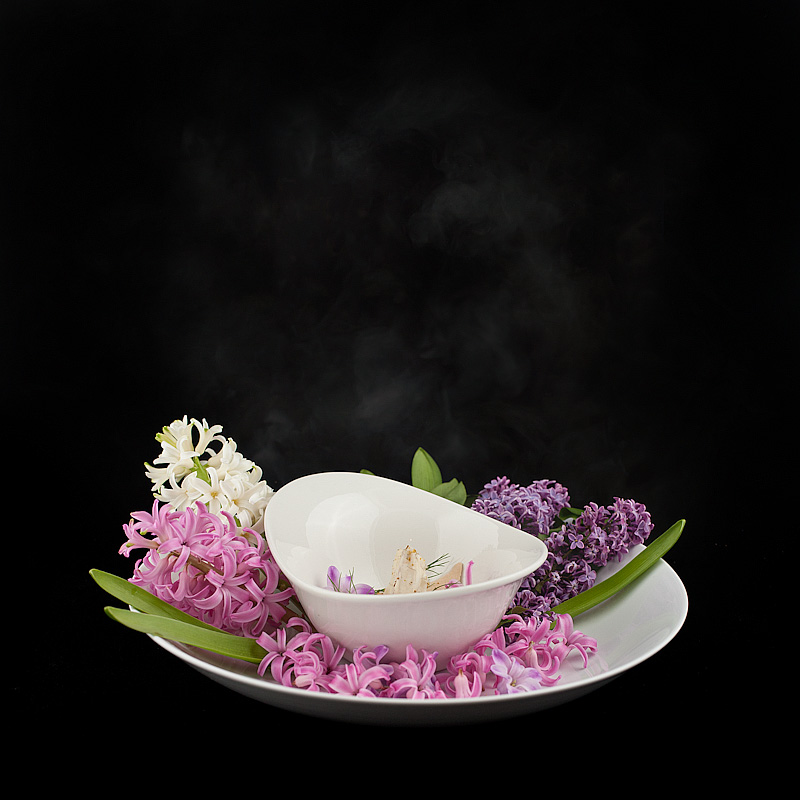
Hi there friends. Something a little bit neato has happened; unbeknownst to me, Sarah has been submitting this blog to Saveur to entice them to possibly make mention of it on their site. Incredibly, it’s managed to be nominated for Best Culinary Science Blog of 2013! Pretty sneaky, Miss Sarah. Anyway, if you’re reading this and feel so inclined to proffer a vote for it on Saveur’s site, well that would just be tops. If not, that’s ok…we can still be friends.
A lovely friend at work asked me a few weeks ago “How far into this thing are you?” When I mentioned I was (at the time) around the 85% mark, she remarked “Ugh. That’s a tough place; are you able to keep it interesting for yourself?” I was really delighted at this question because it was so incredibly insightful. Truth be told, the ~70-90% stretch has taken effort to keep focus; after working on something for so long, it’s easy to want to break away from it and try new things. There’s a rigid aesthetic I’ve wanted to work with here — photographically, culinarily, and on the written side of things — and my mind wanders to what I’d like to try doing next. I obviously try pushing my own boundaries a bit here, but don’t want to break the rules completely and want to keep things as ‘excellent’ as I think the subject matter itself deserves. Maintaining the balance becomes effortful, and sometimes I fail.
This isn’t too dissimilar from what it feels like to be on a project at work. Working on a film is pretty rad at first; everything is new, there are new rules and aesthetics to explore, and I learn a lot quickly. But films take a long time to make; as the project wears on, looking at the same things every day gets a little old and it becomes more effortful to keep the quality level (which, for me, is a product of enthusiasm) high.
I think this is a pretty common phenomenon in creative fields. Eileen Moran, a pretty amazing person I worked with at Weta in New Zealand, recognized this when the crew was working on large-scale, arduous projects. She used to do this neat thing near the end of a project — during the last big push when everyone was tired from working long hours and was creatively drained — where she’d start counting down how many shots we had left to complete for the film. Every few days she’d send out a still frame from the film with the shot count number somehow integrated into it. On King Kong, a shot I’d worked on got this treatment: there were several big rock structures in the original shot, but she’d photoshopped them to look like a giant, rocky “107”. In a studio of nearly a thousand artists working around the clock to complete a project, these images and the underlying empathy helped keep the studio feel small and lovely, and served as a rally cry for everyone to dig in and make it through one last big push.
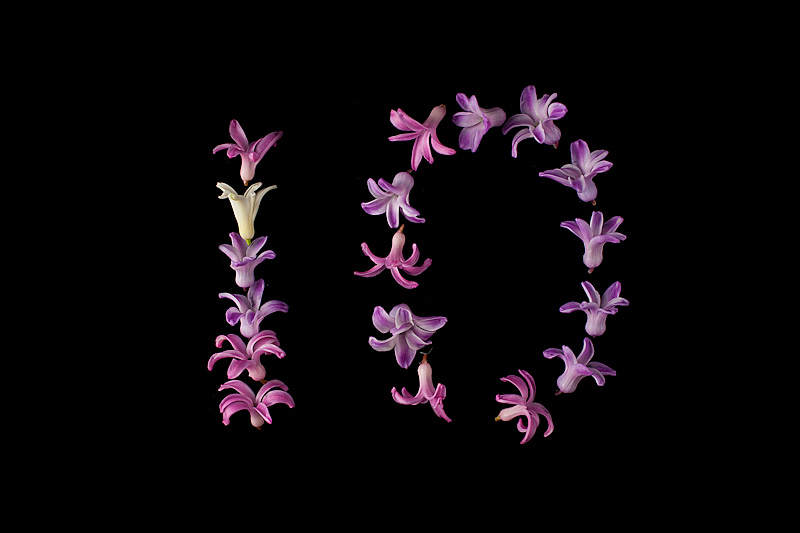
Of course this project isn’t ever UN-interesting, I just need to look around a bit more for ways to keep challenging myself. Not long ago, Sarah and I talked about an idea for a video we wanted to make. Actually, what we talked about was an aesthetic; her style thus far has been largely photojournalistic, with natural light and a ‘farmhouse-y’ calm vibe that I love. But we talked about doing something more honed, abstract, and refined…something more like a moving version of one of my photographs on here, or what you might find in the Modernist Cuisine cookbooks. To me this means (among other things) using studio lights rather than relying on the mishmash of daylight/overhead lights that we usually work under, and much more focus on strictly-controlled backgrounds and environments. I’ve never worked with “hot” lights before (all my photography gear involves strobe lights [the kind that flash quickly rather than staying on]), so I knew this would be new for both of us.
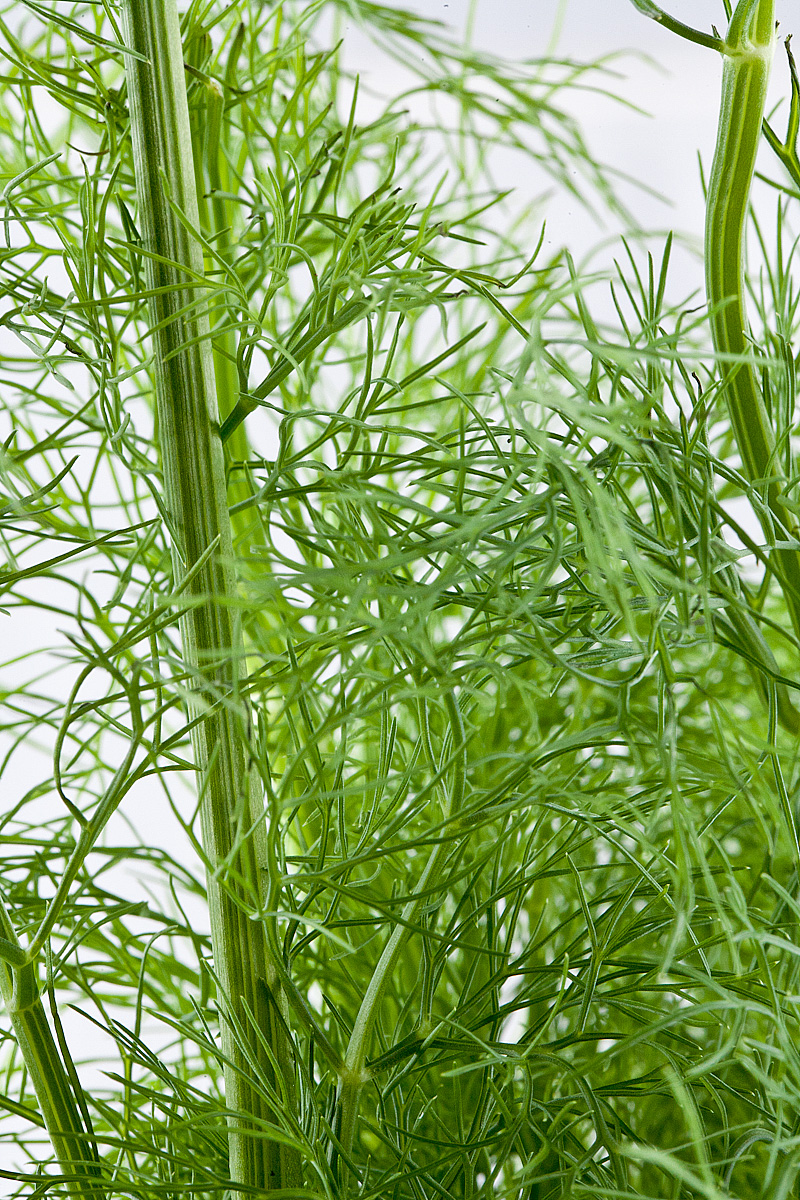
We flagged this dish as a potential for this experiment, largely because of the floral component and because the recipe is fundamentally simpler than many others remaining to complete. From a high-level view, this dish is very similar to the Shellfish Sponge dish from last autumn: several types of shellfish are cooked in a broth of white wine, vermouth, fennel, shallot, and garlic. The shellfish are cleaned and trimmed for tidy presentation, and the resulting shellfish stock is used both for a custard (mixed with cream and carrageenan) and as a poaching liquid for some fresh Turbot. The accents and garnishes here are different, but the underlying “really fancy shellfish flavor vehicle” idea is the same.
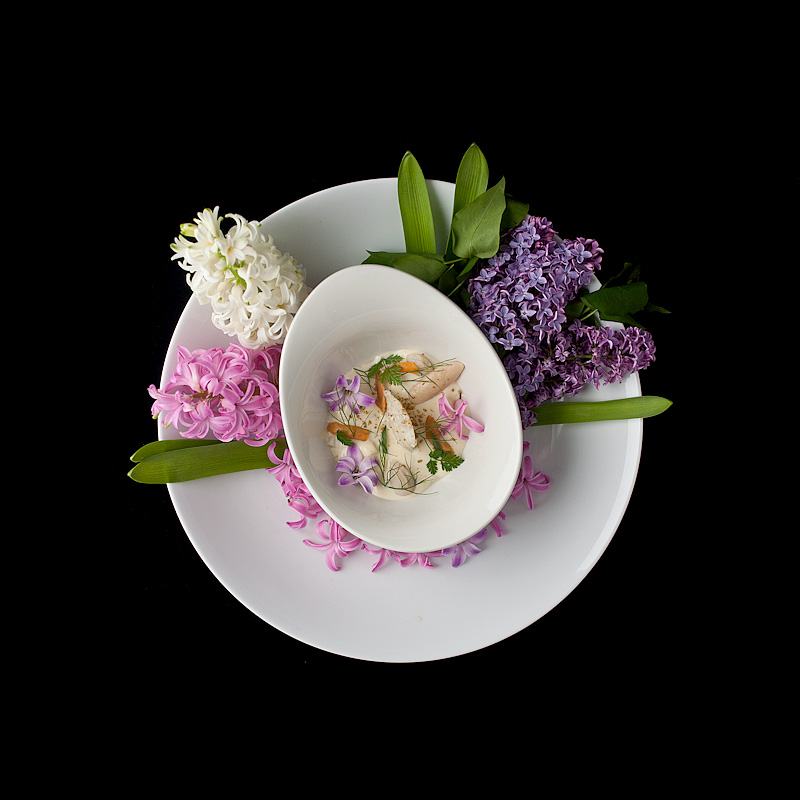
It took me several weeks’ worth of homework to line up everything for this dish, starting with the floral component: Hyacinth. Hyacinths are beautiful, colorful flowers that smell like Easter. They bloom in early spring, starting (at least in the Bay area) in mid-February and lasting through Mother’s Day. Those interested in growing their own Hyacinth typically buy the bulbs in the fall season…something I wanted to do but ended up forgetting until it was too late. I’ve been keeping an eye out for them in flower shops for the past several months.
In this dish, Hyacinths are a garnish over which boiling water is poured; the fragrance of the flowers is pretty notable in and of itself, but the hot water releases a potent cloud of it that smells like a Victoria’s Secret in the early 90’s…not that that’s a bad thing, of course. Because Hyacinths are one-shot plants (you buy a bulb, wait 6 months, and get 1-2 flowers from the plant before it dies), they are the most expensive garnish I’m every likely to employ: at $9-$12 a pop around here, a single plating costs around $25 bones just for the flowers.
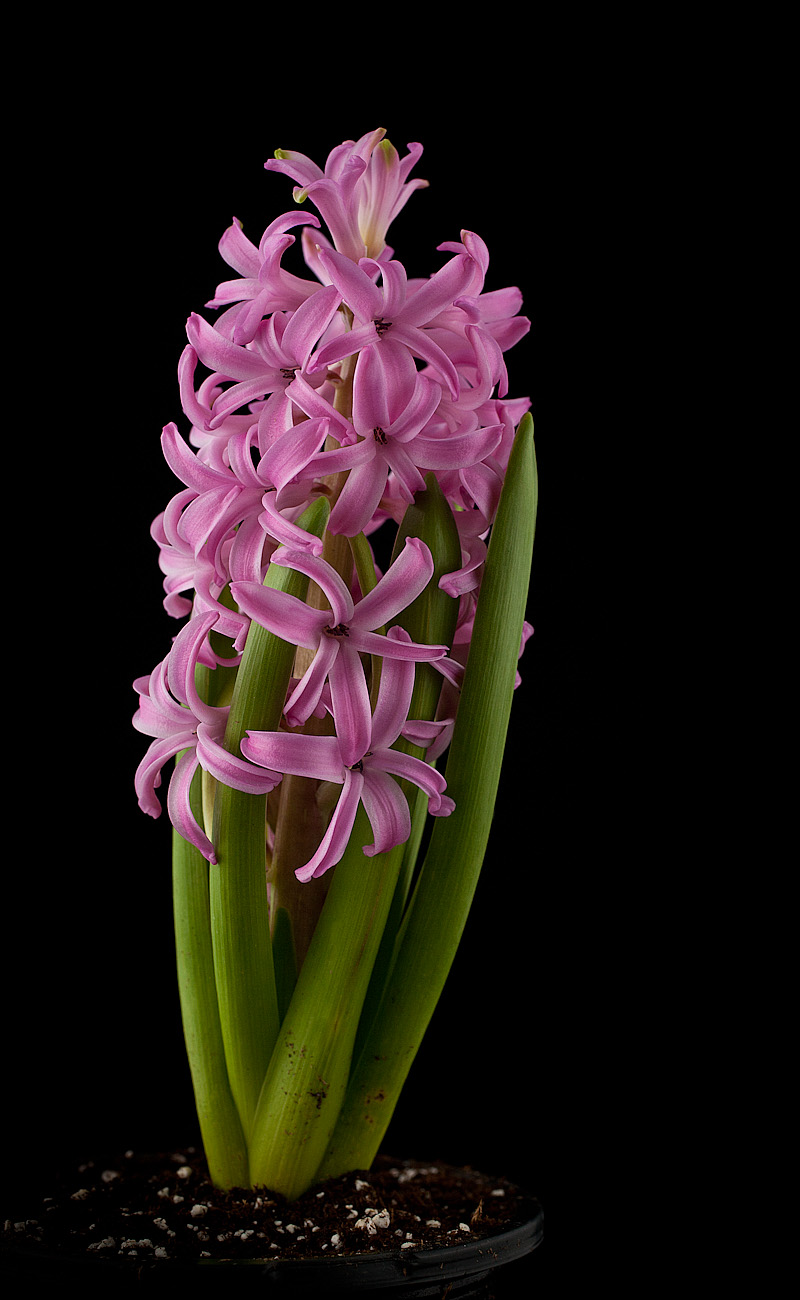
The pricey garnish is in pretty good company though; the hero ingredient of the dish — Turbot — is no fiscal lightweight either. True European Turbot (in the UK: “TUR-butt”, in the US: “TUR-bow”) is a largely-Mediterranean flatfish that’s considered a delicacy because of it’s tender texture and delicate flavor. My friend Deanie, a former pastry chef at the likes of Manresa, Coi, and Ubuntu, raised her eyebrows when I told her what my cooking project was for the weekend. “Whoa turbot…that’s some French Laundry shit you’ve got going there.” (pause) “This is a pretty expensive hobby of yours, huh? How’s Sarah feel about that?”
I didn’t dignify that last question with what I feel at this point is a pretty obvious answer.
Deanie’s right though; turbot falls into the category of fish you’re likely to find featured at the whitest of white tablecloth restaurants and rarely elsewhere, a fact I learned when failing to find it for sale at my beloved Berkeley Bowl. After calling around to several other fish markets in the area, it seemed that securing turbot was a bit touch-and-go; one market in San Francisco said they could get it, only to call me back a couple days later to tell me there’d be a delay of 2 weeks on the order I’d placed with them. While trying to do some online searching for other options to consider in the area, I stumbled across Browne Trading, which incredibly offered to overnight me an entire fish. Having not previously heard of Browne Trading, I again consulted Deanie, who confirmed that “yeah, those guys are super-legit”. So, having planned to work on this dish on a Saturday, I called Browne and ordered their “2-fillets of Turbot” option, then arranged for a half-dozen or so blooming Hyacinths from a lovely little flower shop in Berkeley to be delivered for the weekend’s adventure.
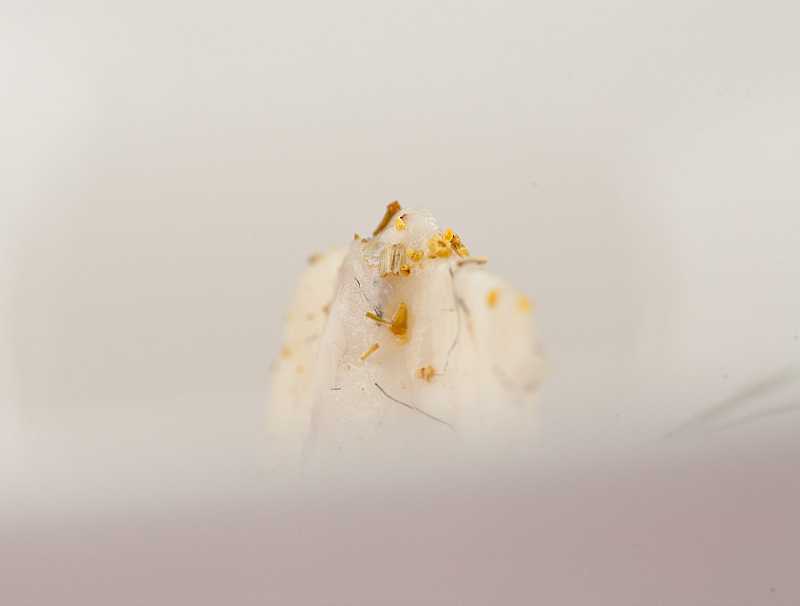
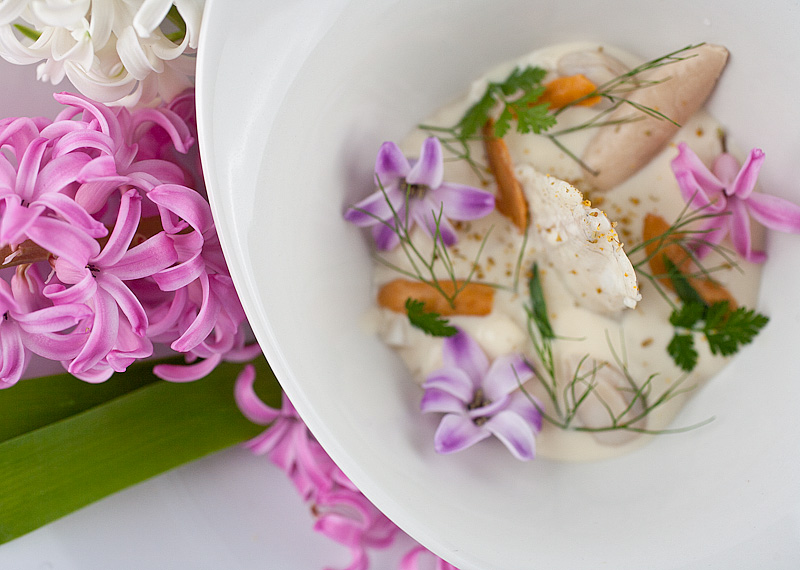
I worry it sounds incredibly privileged and douchey to casually admit to sourcing these things; my rule for myself is: if I haven’t every tried something, I’m willing to save up and go all out to experience working with it, but I’m happy to substitute with local/seasonal/(cheaper) things when I’m already familiar with an exotic ingredient (e.g. my substitution of rhubarb for gooseberries in my last dish). I’m still interested in learning, and having not worked with either hyacinth or turbot before, I wanted to get a clear picture in my head for both.
Other than the sheer exotic-ness of its ingredients, the dish itself is remarkably straightforward to prepare. After preparing the shellfish as I mentioned above, some of the remaining stock is cooked with cream and carrageenan, then left to cool until it forms a custard. At the same time, I peeled and quartered some Sunchokes (also called Jersualem Artichokes) and cooked these with cream until they were tender, then blended them into a puree. While the sunchokes were simmering, I diced up some fresh water chestnuts into 1/8″ dice and stored these in a small container until service.
The last step was working with the turbot. Deanie wasn’t kidding when she said Browne was super-legit; I was expecting my fish to turn up pre-frozen in a vacuum-sealed pouch. What showed up instead was a disproportionately-massive cooler packed with freeze-gel packs. Buried inside this cocoon of coolness was a plastic tub containing a single incredibly fresh turbot filleted in two. The tub was smeared with small bits of fishmonger gook and had “Hemberger: Turbot” scrawled on the top in Sharpie; it smelled like the ocean. I guess some might be jarred by the complete lack of fancy packaging beyond this, but I was totally delighted. There were no labels declaring weight or fancy-but-unnecessary ‘preparation instructions’, no glossy inserts like you might get from Snake River Farms. No, this was just “Here’s the FUCKING INCREDIBLY FRESH FISH you wanted, and a free sample of some sea air from Maine. You’re welcome.” Super. Legit.

I divided the turbot fillets into individual portions and seal these in vacuum bags with butter and some of the shellfish stock, to be cooked gently en sous vide at 138F for 20 minutes or so. Then it was just a matter of “heating things up gently and putting it all together”: a bed of sunchoke puree and water chestnut dice is put down in a bowl first, then some turbot portions are placed atop this. Some warm shellfish custard is poured around this assembly and left to set. While this is resting, I stemmed some hyacinths (and lilac, which Ana had at her shop as well. I figured what the hell.), placed them in a larger bowl, and brought a pot of water to boil. Once the custard was firm, I gently placed the trimmed shellfish meats around the borl, and garnished everything with tarragon, fennel fronds and pollen, hyacinth petals and flowers, and some fresh chervil from the garden. I called Sarah down, poured in the boiling water, and we ate.
And it was delicious. Turbot indeed has a lovely, indescribably-unique texture and flavor that oozes subtlety. It’s not really ‘fishy’, and it rides alongside the fennel/vermouth/shellfish flavors seamlessly. The night after I put this dish together, I cooked the remaining turbot and paired it with celery root puree, very simply…I think something hard or aggressive like pan frying, lemon pepper, those sorts of things are too overpowering for this fish. Accounts I’ve read online of people trying to panfry it seem to result in the meat turning to mush. This might be why it’s so frou-frou; it demands a light, considered touch.
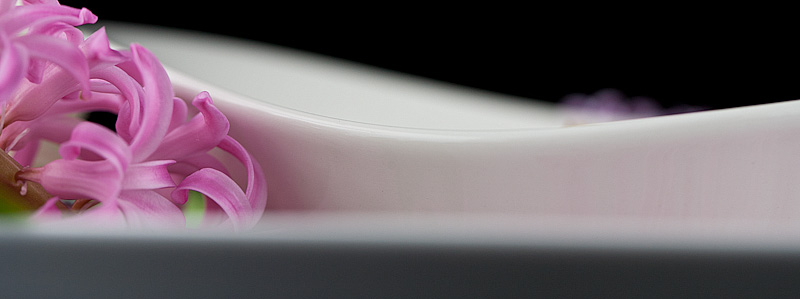
It’s probably obvious at this point that I’ve omitted my usual lot of photos of ingredients; this is the Big Fail of this dish. In trying to realize our vision for the video we wanted to make of this dish, Sarah and I realized that there was a lot we have to learn; setting up and breaking down specific backdrops against which to shoot severely limits the working space I have to actually prepare things, and the logistics demanded so much of our attention that there ended up being a lot of detail we failed to capture. We weren’t sure how to tightly-control the shooting of things as they cooked on the stove, and it was hard to try to solve that problem and still cook the food properly. Also, because we were both playing DP and Cinematographer together while I was trying to cook, we were consuming ingredients under the lens of her video camera, which meant I had nothing left to shoot stills of with my own camera (lest I have to go out and buy new ingredients). Basically we were underprepared and didn’t end up with a cohesive collection of footage that accurately tells “the story of making this dish” in the aesthetic that we envision, and I’m left with few in-progress photos of things.
But, some of the footage we captured IS kind of compelling to me, so I took a stab at editing it together into something interesting anyway. It’s not really a ‘story’ per se, mostly just footage we shot of ingredients as we were figuring things out. There’s a section in the middle where I’m trying to trim the littleneck clams using a description in the recipe that was hard for me to understand; basically I’m trying to trim a pretty ugly-looking thing into something that’s tidy and has a good texture, so I trim the outer ‘stuff’ and the foot (which is tougher meat), then cut off what I think is the clam’s stomach, which is filled with sand and can be gritty to eat. If there’s someone out there who knows a better or more-proper way to do this, please set me straight.
Other than that, I amused myself by shooting lots of photos of the final dish, which I found overwhelmingly beautiful. I was especially captivated by the juxtaposition of forms of the whiteware with the forms of the flowers; it all looked so pretty together.
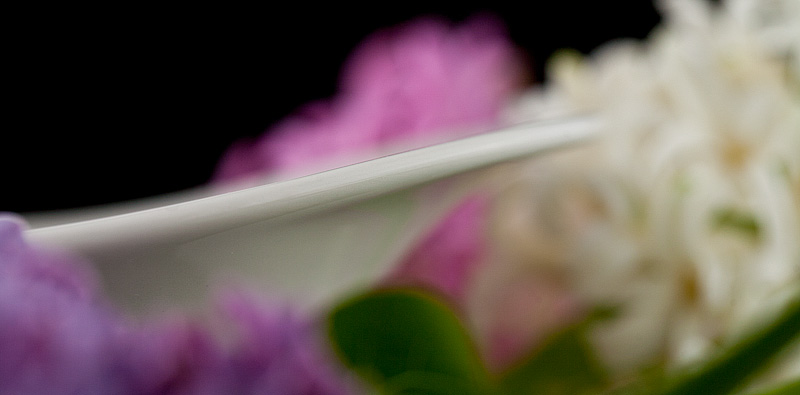
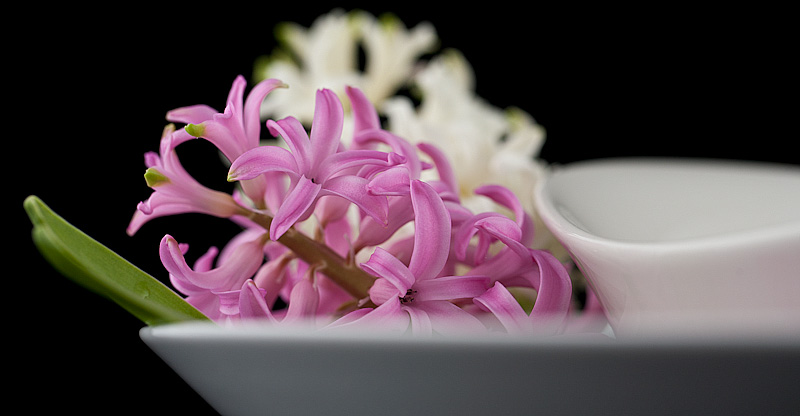
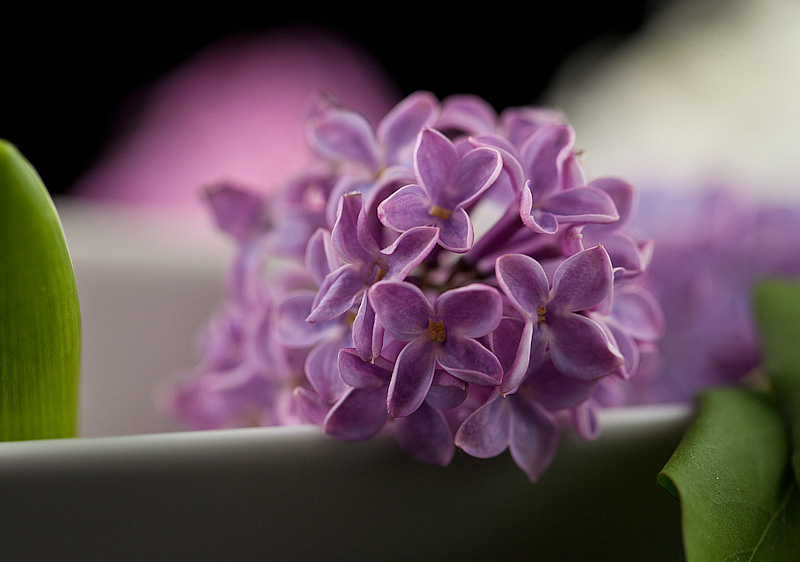
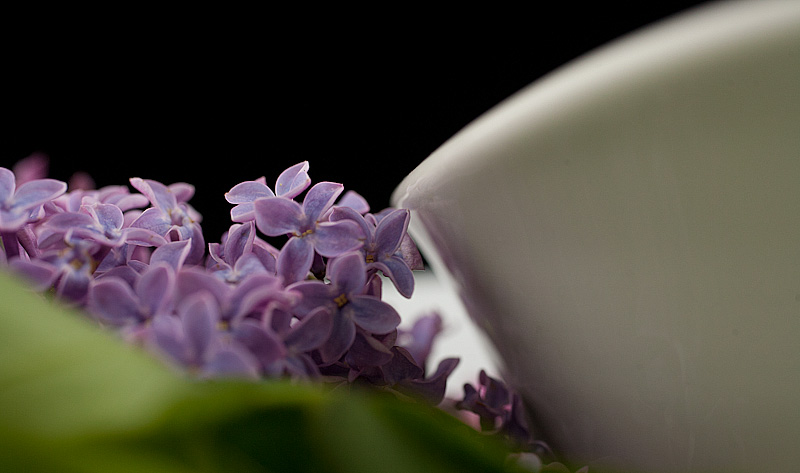
Thankfully I was left with a few spare hyacinth and lilac flower heads…so I’m trying a different experiment with them…
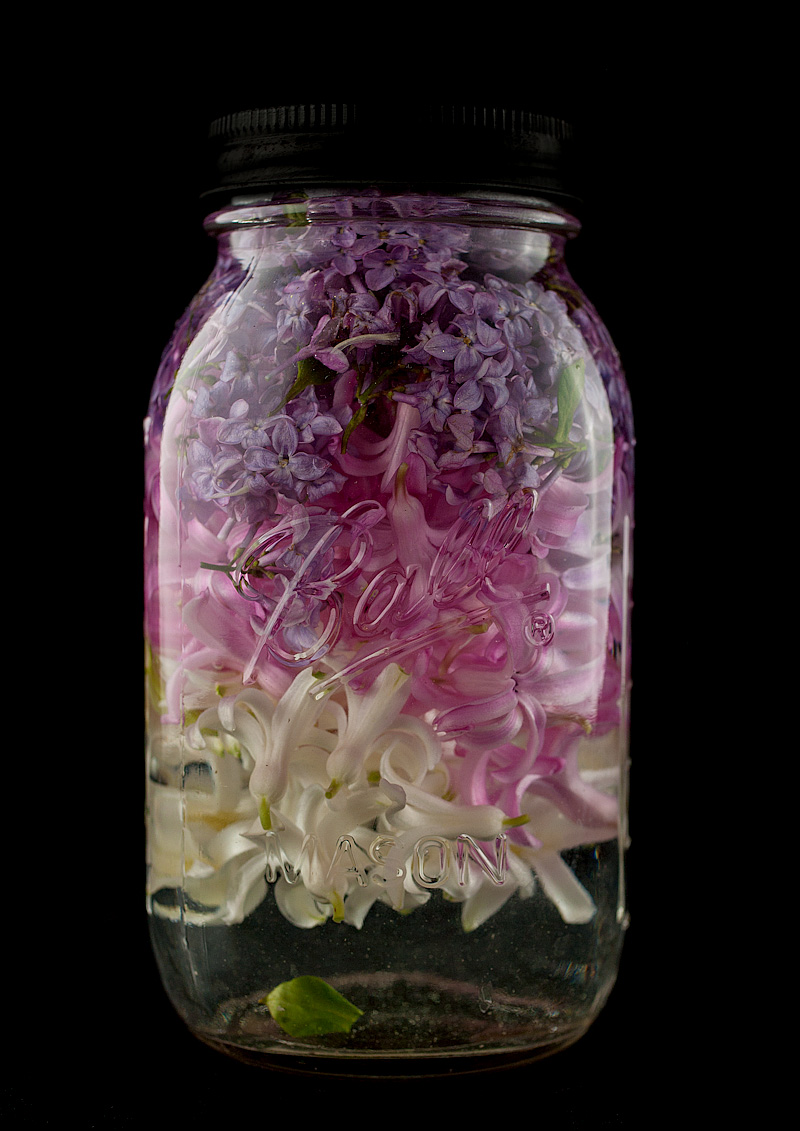
9 dishes remaining…
You really are extremely talented. You have an incredible eye for color. I am totally envious. I love the creativity and look forward to each new post. Good luck with Saveur. You have my vote.
Dang, thanks so much Sharon; I really am deeply grateful for the encouragement! Judging from your own blog, you’re pretty darn handy with a camera as well! Really lovely work!
Wow fantastic job! I don’t own the Alinea cookbook yet, but it is definitely on my list of cookbooks to purchase. You have a new follower now!
Happy Blogging!
Happy Valley Chow
I just wanted to say: in 99% of cases, I’m pretty indifferent to flowers and don’t see their aesthetic appeal (most flower arrangements that I’ve ever seen just look downright ugly to me), but I’ve always found your use of flowers on the plate to be stunning.
Also, congrats on the Saveur nomination! You have my vote!
YOU DON’T LIKE FLOWERS?! WHAT KIND OF GIRL ARE YOU?? 🙂
I’m with you actually; it’s only been through doing this that I’ve gotten more of an appreciation for them. I notice now that I compulsively stop and smell things to try to pick apart differences, and (this is probably a bad habit) I’ve started asking florists “Can you eat it?” The florist from whom I bought the hyacinth didn’t seem to appreciate that.
These photographs are otherworldly. While I’m sad to have only stumbled across this blog as the project is winding down, I’m looking forward to reading through the archive.
Hey thank you Elizabeth! Though, ‘winding down’ is kinda relative…nothing ever, ever goes fast with this project. 🙂 Plus, I don’t intend to stop cooking once the book’s done…this is just the beginning for me I hope!